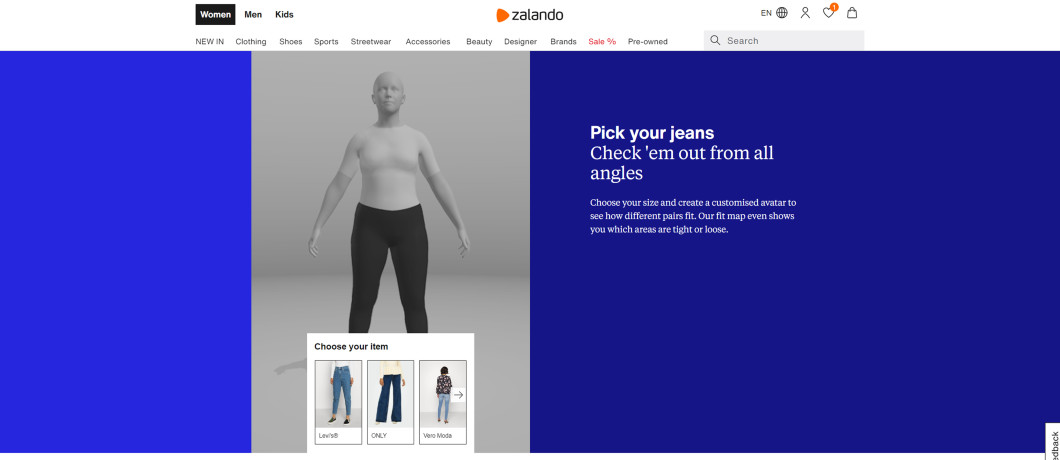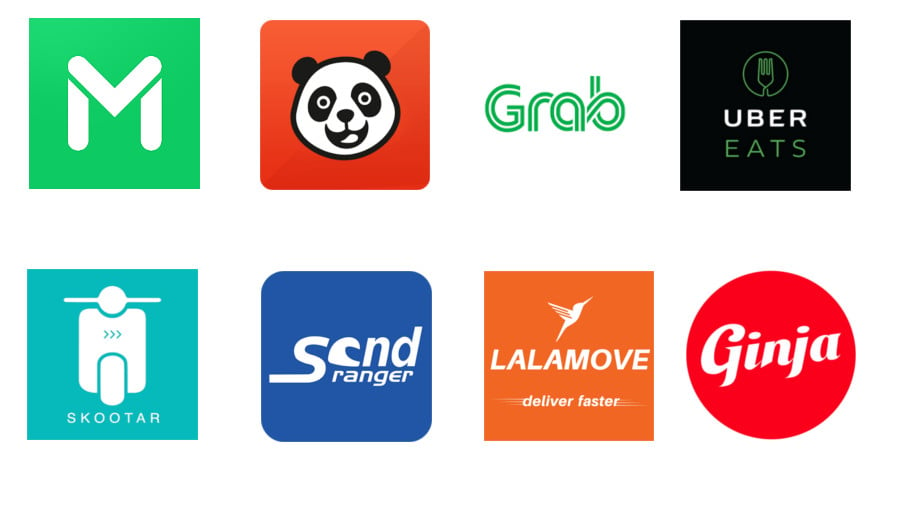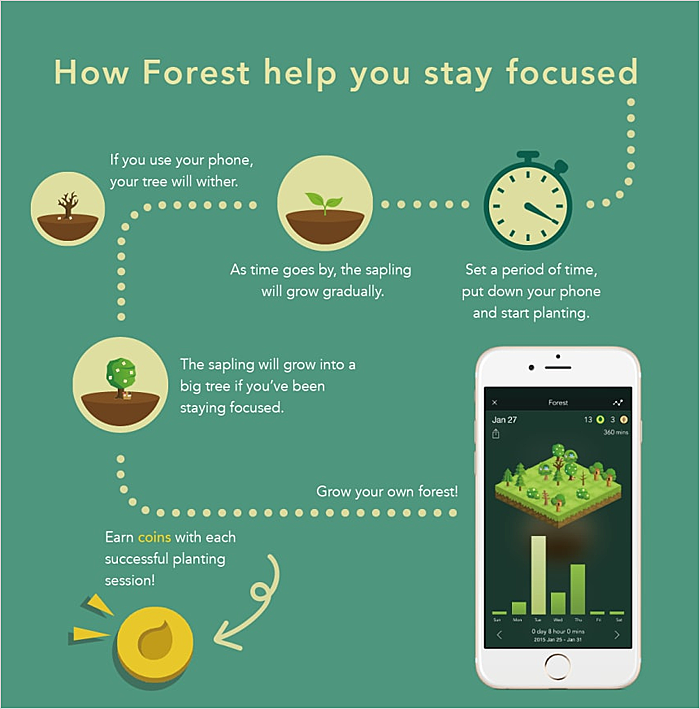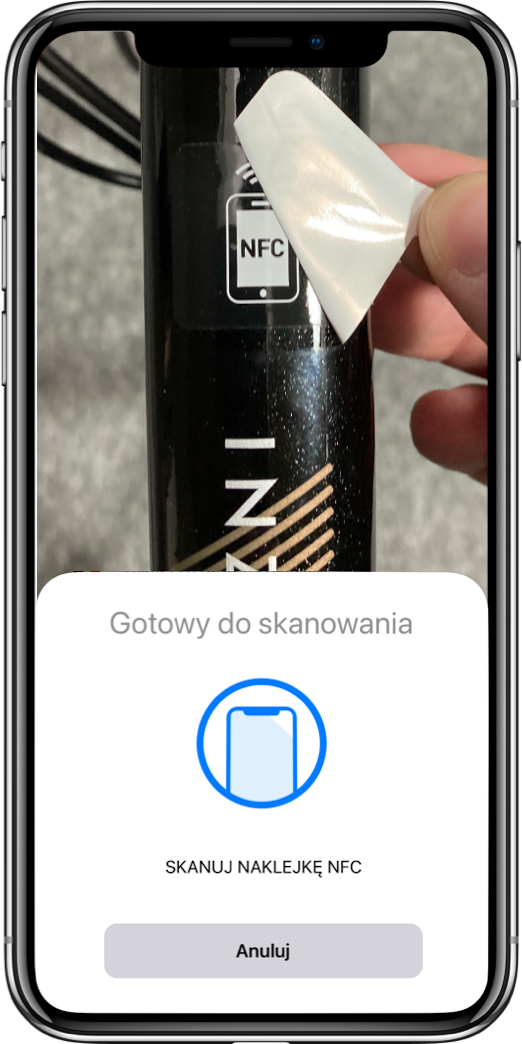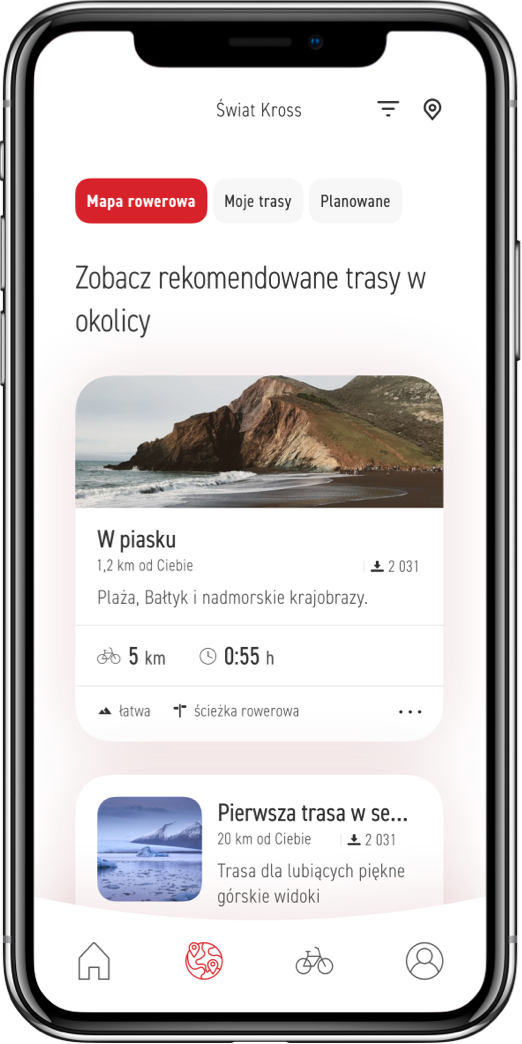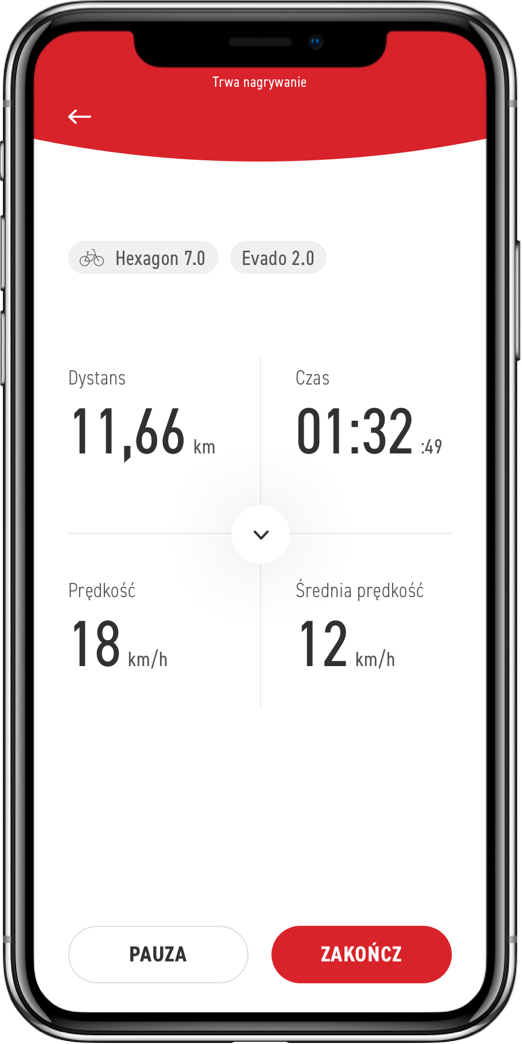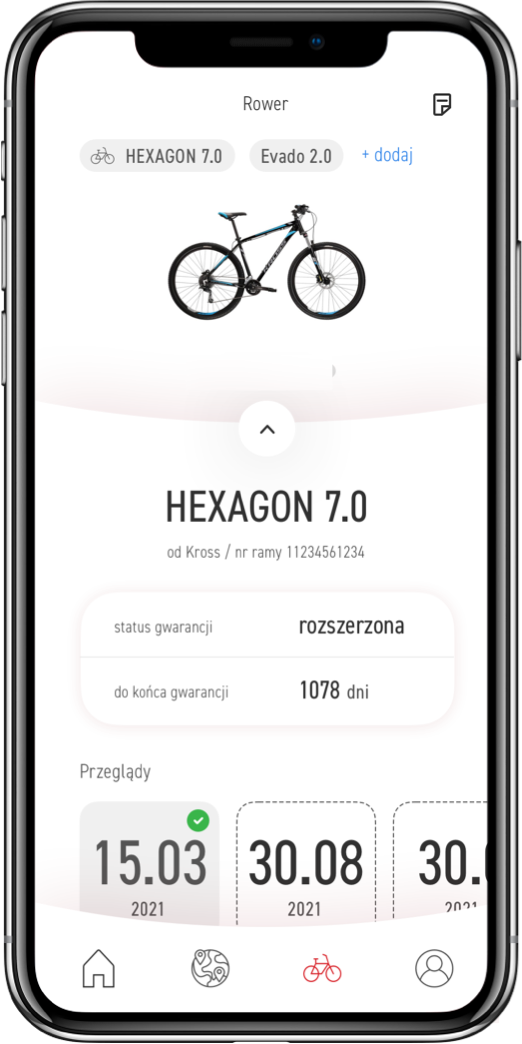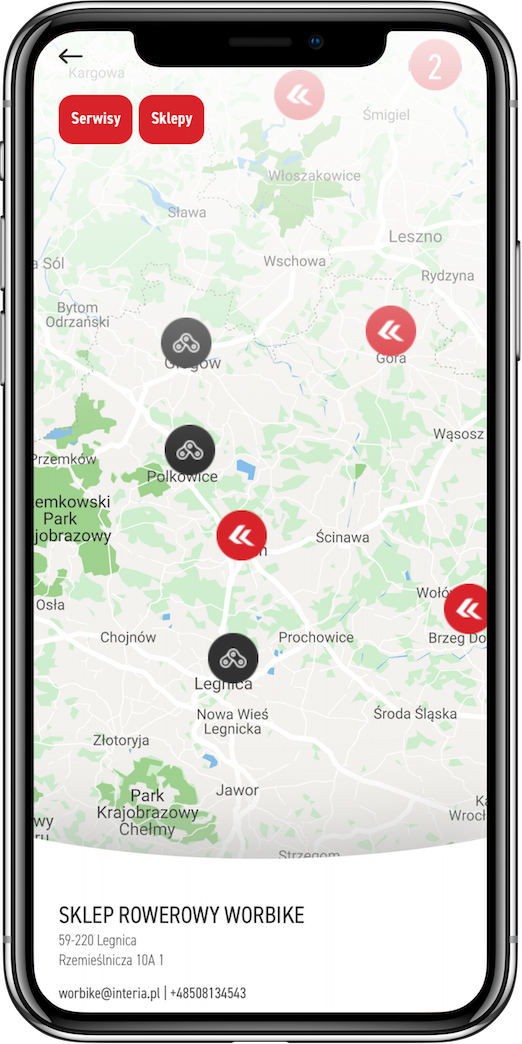
Introduction
In an era where fintech startups like Revolut and Wise have gained significant traction in the international payments space, HSBC Holdings Plc, the multinational banking behemoth, is preparing to launch its own game-changing app called Zing. With a focus on offering cheap foreign exchange services, Zing aims to directly challenge the dominance of these fintech giants and grab a share of the fast-growing market. This article explores the key features of Zing, its global ambitions, and the potential impact it could have on the banking industry.
The Emergence of Zing
HSBC’s Zing app is set to debut in the UK, targeting affluent consumers seeking cost-effective foreign exchange solutions. However, the bank has ambitious plans to expand its services to other markets, including Asia, the Middle East, and EU countries. With its imminent availability on Apple’s App Store and Google Play, Zing will be accessible to both HSBC customers and non-customers alike, showcasing the bank’s determination to “attack” the retail payments market on a global scale.
Nuno Matos, CEO of HSBC’s global wealth and personal banking business, highlights the app’s user-friendly nature, stating that it will take just three minutes for new users to sign up. This ease of access, coupled with competitive forex offerings, positions Zing as a formidable contender in the international payments landscape.
HSBC’s Motivation for Launching Zing
As one of the largest banks in the world, HSBC is already a prominent player in conventional banking. However, the rise of fintech startups has presented an opportunity for the bank to tap into the flourishing foreign exchange market. Revolut and Wise, with their millions of retail customers, have demonstrated the potential for exponential growth in this space. By leveraging its extensive network and financial resources, HSBC aims to challenge these smaller players and position itself as a global platform for international payments.
HSBC’s existing product, Global Money, offers fee-free currency services to its customers. Since its launch in 2020, Global Money has attracted hundreds of thousands of users and processed transactions worth approximately $11 billion in 2022. With the introduction of Zing, HSBC hopes to not only retain its customer base but also entice non-customers to explore its broader range of banking services.
The Competitive Landscape
As HSBC prepares to enter the international payments market, it faces stiff competition from established fintech players. Wise, which recently went public, experienced significant growth in 2021, with its stock surging over 50%. Revolut, boasting over 26 million users, expects its revenue to increase by almost 70% in 2023, reaching $2 billion. These success stories underscore the popularity of fintech solutions and the growing preference for digital banking experiences.
Zing’s Unique Value Proposition
Zing’s value proposition lies in its ability to provide low-cost international payments with the backing of HSBC’s global network. By offering a comprehensive range of services, Zing aims to attract users who may eventually become loyal HSBC customers. Matos emphasizes the app’s appeal to internationally mobile clients, aligning with HSBC’s strategic objective of becoming the leading financial institution for this customer segment.
The Potential of Zing
HSBC’s foray into the international payments market with Zing represents a bold move for the bank. By venturing beyond its traditional customer base, HSBC aims to capitalize on the growing contingent of consumers who share similar characteristics and preferences. With its global ambitions, Zing has the potential to disrupt the industry and position HSBC as a significant player in the digital banking space.
Expert Opinions and Market Outlook
According to TipRanks, HSBC stock has a Moderate Buy consensus rating, indicating positive sentiment from analysts. The forecasted HSBC Holdings share price suggests a potential upside of 26.4% from current levels. This outlook reflects the market’s confidence in HSBC’s strategic initiatives, including the launch of Zing and its commitment to capturing a share of the international payments market.
Customer Satisfaction and Adoption of A2A Payments
Zing’s impending launch comes at a time when consumers increasingly favor account-to-account (A2A) payment solutions. According to a study conducted by PYMNTS Intelligence and AWS, 84% of users reported high satisfaction levels with their preferred A2A payment platforms. The seamless payment experience and integration within established ecosystems contribute to this positive sentiment, fostering loyalty and trust among users.
Conclusion
HSBC’s Zing app is poised to revolutionize the international payments landscape by offering affordable foreign exchange services to a wide range of customers. With its global ambitions, user-friendly interface, and the backing of HSBC’s extensive network, Zing has the potential to challenge established fintech players and position HSBC as a dominant force in the digital banking space. As the app launches in the UK and expands to other markets, it will be fascinating to witness its impact and the extent to which it disrupts the industry.
Sources:
HSBC’s New Forex App for Non-Customers to Challenge Revolut, Wise – Bloomberg
HSBC debuts Zing consumer finance app amid mounting startup competition – SiliconANGLE
HSBC’s Zing app aims to challenge Revolut and Wise (ft.com)
Darmowy program AI i generator tekstu | Autor artykułu – Smodin Autor

